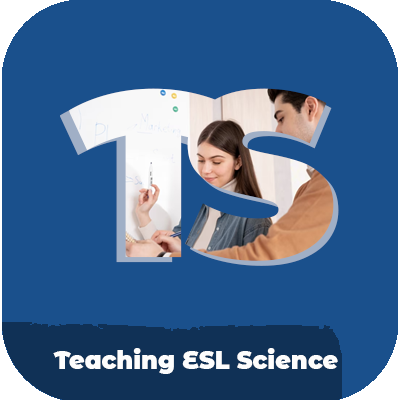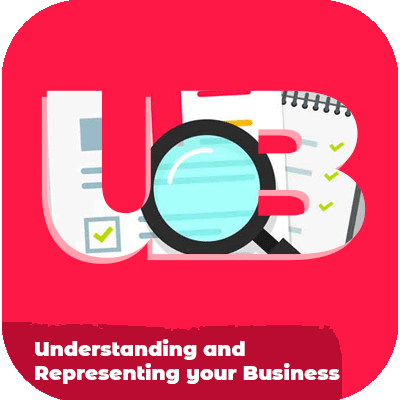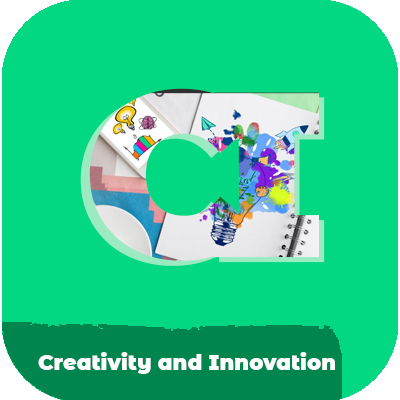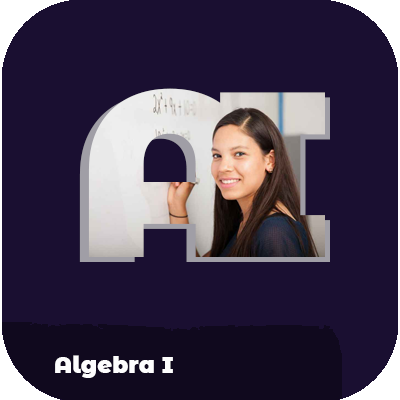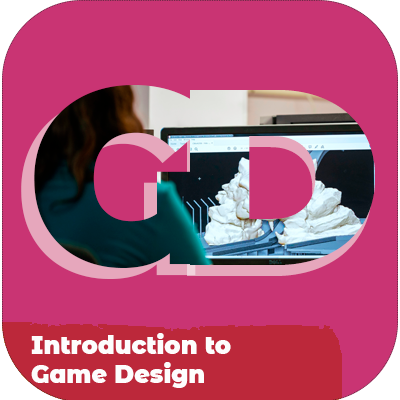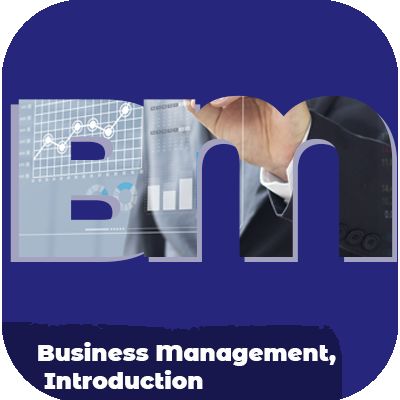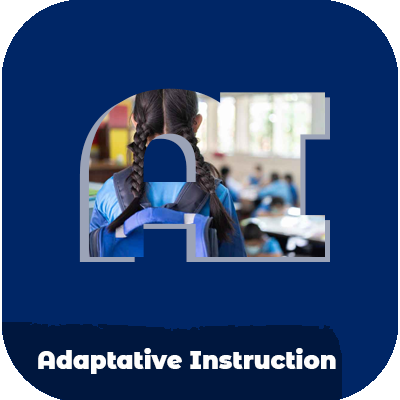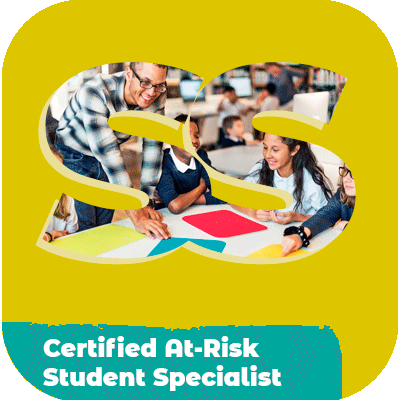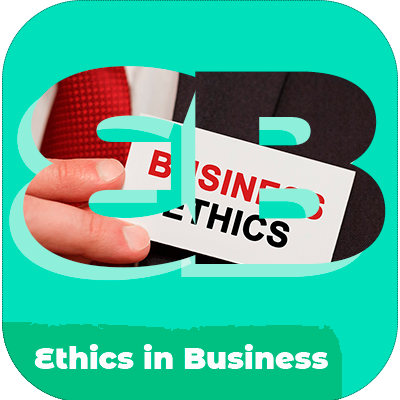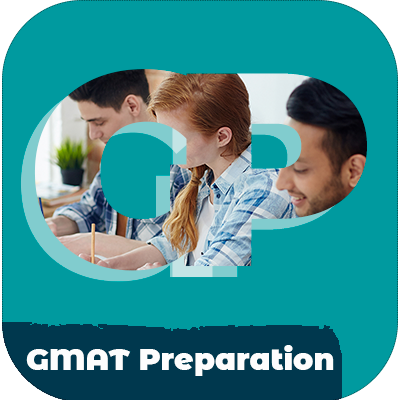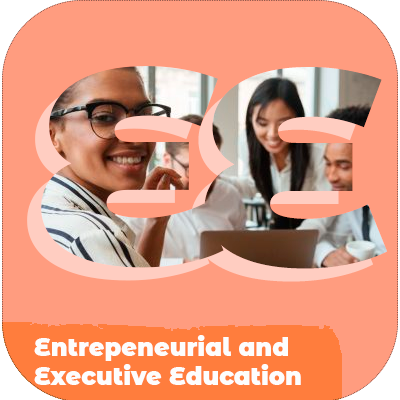Masonry Syllabus
Course Description: This course provides an introduction to the basics of masonry. Participants will gain a solid foundation in masonry and learn through real-life applications and examples from everyday work. Through hands-on activities, participants will acquire knowledge on laying brick and block designs, as well as the proper selection of tools for the job. By the end of this course, participants should have developed the necessary skills to apply their newfound knowledge to design unique structures with aesthetically pleasing outcomes. Course Objectives: 1. Basic masonry principles 2. How to lay brick and block arrangements 3. Utilizing proper tool selection for successful projects 4. Using safety protocols when constructing your project 5. Applying creativity when designing structures 6. Identifying suitable materials needed for construction processes 7. Gaining confidence in working with different materials 8. Developing basic problem-solving skills related to patterns used during the construction process 9. Improving team communication strategies when completing tasks together-
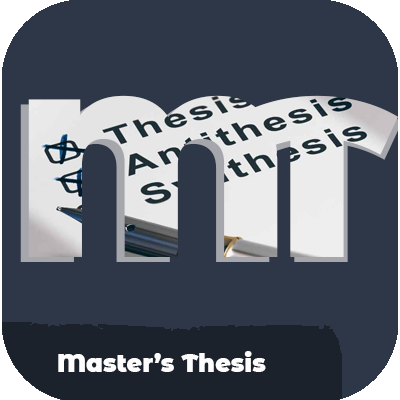
Master’s Thesis
Course Description: This course allows students to design and investigate a research-based project focusing on a specific topic within their field of study.This course may be repeated for a total of 8 credit hours.
Learning Objectives:- Develop and design a rigorous research project with input from their online instructor
- Conduct the research and present the findings
-
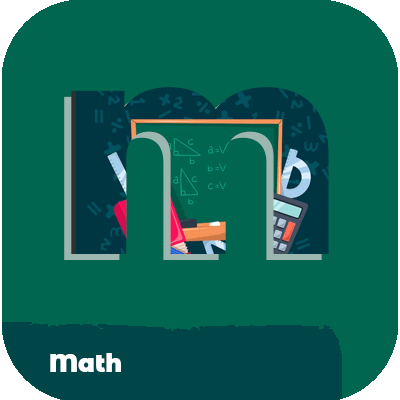 Course Description:
Course Description:This online course provides a comprehensive introduction to the fundamentals of mathematics. It covers the basics, including algebra, geometry, trigonometry, and calculus. You will learn about different techniques used in math as well as how to apply mathematical concepts in real-world scenarios. You will also gain an understanding of how to reason abstractly and solve complex problems.
Through interactive lectures, readings, discussions, and assignments you will develop your knowledge of mathematics while learning how to graph equations, calculate derivatives, and test conjectures. This course is ideal for individuals who are looking to hone their skills in mathematics or those interested in pursuing a career in engineering or data science.
-
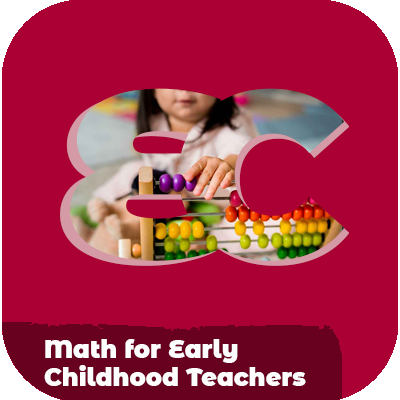
Math for Early Childhood Teachers
Course Description: This online course is designed to help early childhood teachers learn the fundamentals of teaching math to young children (3-5 years old). Through a combination of lectures, videos, and interactive activities, participants will gain an understanding of mathematical concepts such as math literacy, number sense, patterns, geometry, and more. By the end of the course, participants will have the knowledge and skills necessary to create engaging lessons that foster a love of mathematics in their students. Course Objectives:- Understand the Institute of Education Sciences (IES) Teaching Math to Young Children Practice Guide published in 2013 by the U.S.
- Learn how to use mathematical concepts such as math literacy, number sense, patterns, and geometry in early childhood education settings
- Develop strategies for making math easy-to-learn for students
- Explore ways to engage students in mathematics learning through interactive activities and games
- Recognize gender differences in mathematical learning theories and how they can be addressed in the classroom setting
- Utilize resources to supplement traditional teaching methods with technology-based approaches
- Implement best practices for teaching mathematics remotely during public health crises or other times when instruction must take place outside of a physical classroom setting
- Understand how to assess student performance on mathematical tasks using appropriate assessment tools and techniques
- Create lesson plans that incorporate multiple learning styles and levels of ability among students in order to maximize engagement with mathematics content material across all learners in a class setting
- Develop an understanding of how mathematics can be used as a tool for problem-solving across various disciplines including science, engineering, finance, and economics
-

Mechanic Course Syllabus
Course Description: This course is designed to provide students with the knowledge and skills necessary to become certified mechanics. Through this course, participants will learn about the different components of a vehicle, how to inspect and diagnose problems, and how to repair them. Participants will also gain an understanding of the automotive industry and its regulations. Course Objectives:- Understand the different components of a vehicle, including engine, suspension, brakes, and transmission
- Learn how to inspect vehicles for potential problems
- Develop an understanding of automotive industry regulations and safety protocols
- Identify common issues with vehicles and develop strategies for diagnosing them accurately
- Learn proper techniques for repairing vehicles safely and efficiently
- Understand the importance of preventive maintenance in keeping vehicles running smoothly over time
- Develop an understanding of automotive technology trends and new technologies being used in the industry today
- Become familiar with tools used in automotive repair work such as diagnostic equipment and hand tools
- Gain experience working on different types of vehicles such as cars, trucks, and SUVs
- Develop customer service skills necessary for working with clients in an automotive repair shop setting
-
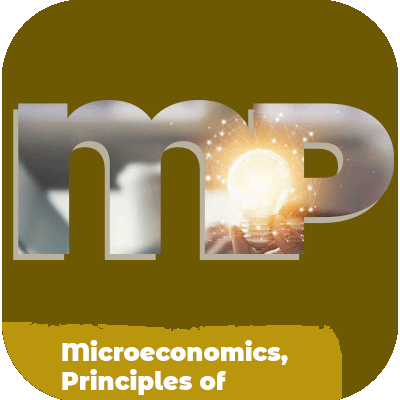 Course Description: This course will provide an analysis of the economy as a whole including measurement and determination of Aggregate Demand and Aggregate Supply, national income, inflation, and unemployment. Learners will explore fundamental economic ideas and the operation of the economy on a national scale. Production, distribution, and consumption of goods and services, the exchange process, the role of government, the national income and its distribution, GDP, consumption function, savings function, investment spending, the multiplier principle, and the influence of government spending on income and output. This course takes both a short and long-term view of the economy and aims to help learners understand how modern macroeconomics applies to business cycles, economic growth, unemployment, and money. The course evaluates the scope for policy interventions to improve macroeconomic performance. Course Objectives:
Course Description: This course will provide an analysis of the economy as a whole including measurement and determination of Aggregate Demand and Aggregate Supply, national income, inflation, and unemployment. Learners will explore fundamental economic ideas and the operation of the economy on a national scale. Production, distribution, and consumption of goods and services, the exchange process, the role of government, the national income and its distribution, GDP, consumption function, savings function, investment spending, the multiplier principle, and the influence of government spending on income and output. This course takes both a short and long-term view of the economy and aims to help learners understand how modern macroeconomics applies to business cycles, economic growth, unemployment, and money. The course evaluates the scope for policy interventions to improve macroeconomic performance. Course Objectives:- Become familiar with the range of perspectives and approaches found in macroeconomics
- Demonstrate an understanding of the basic analytical concepts that are essential for understanding the global macroeconomy
- Define and measure national income and rates of unemployment and inflation
- Identify the phases of the business cycle and the problems caused by cyclical fluctuations in the market economy
- Define money and the money supply
- Construct the aggregate demand and aggregate supply model of the macroeconomy and use it to illustrate macroeconomic problems and potential monetary and fiscal policy solutions
- Explain the mechanics and institutions of international trade and their impact on the macroeconomy
- Define economic growth and identify sources of economic growth
-
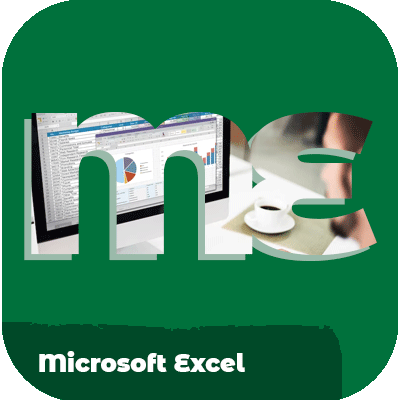
Basic Excel
Prerequisite: Access to Microsoft Excel 2013+ or Office 365 Some experience with Excel formulas is recommended, but not required. Experience with printing and using a web browser are assets, but not required. Course Description: This course is designed for beginner Excel learners, who are seeking to build presentation skills with Microsoft Excel. This course provides a comprehensive understanding of the basic Excel formulas and functions. This course teaches through both analytical learning and through hands-on contextual examples designed to practice learning objectives. Course Objectives:- master the meaning of core terminology
- create a spreadsheet, table, and charts, with formulas and functions
- manage worksheets and workbooks; tables and table data; data cells and ranges; and charts
- perform operations by using formulas and functions
- make spreadsheets look professional
- print a spreadsheet
-
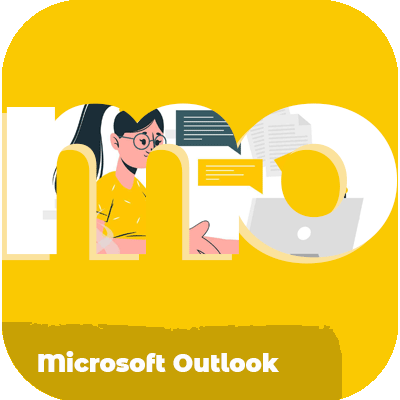
Microsoft Outlook Course Syllabus
Course Description: Microsoft Outlook is a powerful program that helps you communicate via email and more. This online course will teach you how to use Outlook in Windows, MacOS, iOS or Android, and Outlook on the web. By the end of this course, you will be able to master essential skills with bite-sized Microsoft Outlook training and interactive tutorials. -
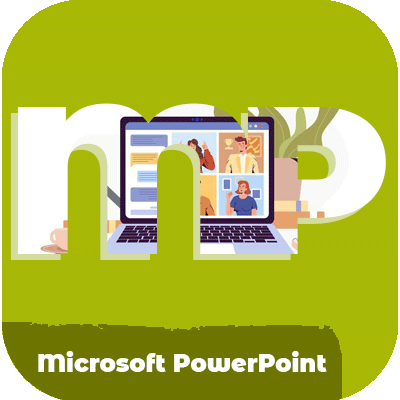 Description: This course will teach you how to use all the major features of Microsoft PowerPoint so that you can create dynamic and engaging presentations. PowerPoint can be used in many different scenarios, including business presentations, sales presentations, academic lectures, and student projects. Students will learn step-by-step how to add, delete, and edit text, images, shapes, diagrams, graphs and charts. The course will show how to add these objects and customize them using themes, colors, charts and tables. We also explore themes, so that you can stylize your layouts and objects. Themes contain predesigned color schemes, but you can also create your own themes that match your preferences. In addition, we'll learn about styles, transitions, and, animations. For example, we'll cover the ways that you can animate your presentations to make them more appealing to your audience. This course will help you transform a blank page into a professional-looking document! Learning Objectives: Students will:
Description: This course will teach you how to use all the major features of Microsoft PowerPoint so that you can create dynamic and engaging presentations. PowerPoint can be used in many different scenarios, including business presentations, sales presentations, academic lectures, and student projects. Students will learn step-by-step how to add, delete, and edit text, images, shapes, diagrams, graphs and charts. The course will show how to add these objects and customize them using themes, colors, charts and tables. We also explore themes, so that you can stylize your layouts and objects. Themes contain predesigned color schemes, but you can also create your own themes that match your preferences. In addition, we'll learn about styles, transitions, and, animations. For example, we'll cover the ways that you can animate your presentations to make them more appealing to your audience. This course will help you transform a blank page into a professional-looking document! Learning Objectives: Students will:- Navigate the PowerPoint interface
- Create new presentations from scratch, and from templates
- Add text, pictures, sounds, movies, and charts to your presentations
- Format the objects that you add to your presentations
- Design slides using themes, colors, and special effects
- Animate objects on slides to bring them to life
- Add special effects to slide transitions to spice up your presentations
- Work with Master Slides to make editing your presentation easy
- Add Sart-Art
- Set up slide shows and rehearse timings for your slides
-
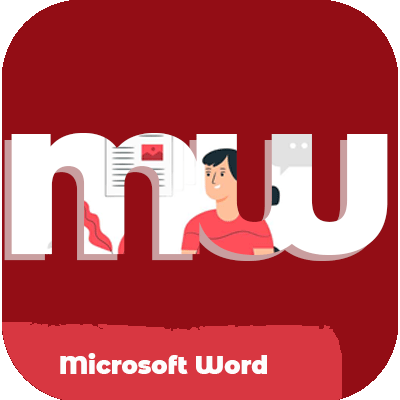 Description: In this course, you will learn the fundamentals of basic Office Word processing. Whether you use Word for work, study, or leisure, this course will help you transform a blank page into a professional-looking document! While these programs are available on mobile devices, such as tablets and smartphones, the exercises are designed to be completed on a desktop or laptop computer. Learning Objectives: Students will:
Description: In this course, you will learn the fundamentals of basic Office Word processing. Whether you use Word for work, study, or leisure, this course will help you transform a blank page into a professional-looking document! While these programs are available on mobile devices, such as tablets and smartphones, the exercises are designed to be completed on a desktop or laptop computer. Learning Objectives: Students will:- Navigate efficiently basic WORD functions
- Create, save, and share documents
- Implement techniques for proofreading, editing, and updating documents
- Apply pre-designed Styles and format text with fonts and colors
- Change the font, typeface, document, and paragraph formats
- Create a formatted, proofed, and printed Word document
- Create, delete, duplicate, and rearrange slides
- Create images, illustrations, shapes, and hyperlinks in a worksheet
- Work with bullets, indents, and line spacing
- Insert pictures and screenshots
- Set up page layout for margins, columns, and printing
- Create and update an automated Table of Contents
- Mail merge to envelopes, labels, emails, and form letters


